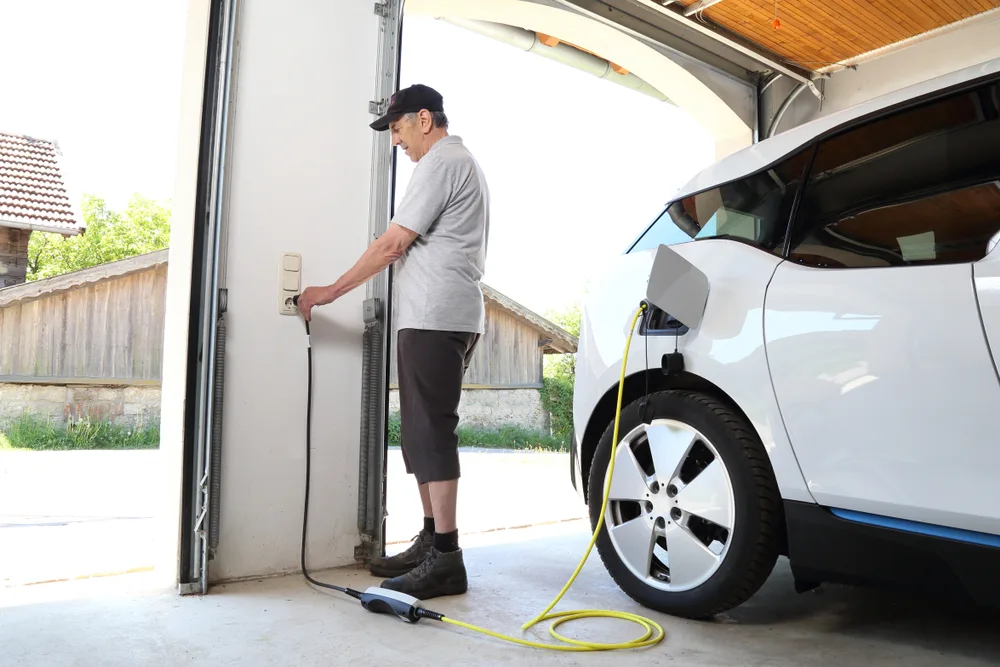
Reducing thermal runaway in electric vehicles
Following the latest global climate summit, COP26, many nations have pledged to conclude the sale of fossil fuel vehicles by 2040. Some countries have committed to earlier deadlines; the UK, for instance, is working towards 2035, and Norway is even working towards 2025. Although this is a highly positive and ambitious target, we’re faced with several hurdles in the battery electric vehicle sector. One of these hurdles is the rare occurrence of thermal runaway, a process that can lead to extreme heat being generated and therefore an increased risk of fires within and around the battery. Here we discuss how thermal runaway in electric vehicles can be mitigated.
Fire potential and recall
Although it is rare, battery fires in electric vehicles have occurred. Due to the risk of overheating and the potential for fires, several renowned vehicle manufacturers have recalled their vehicles in the last few years, specifically Chevrolet, Ford and Hyundai.
We have worked closely with key players in the automotive industry to support their evolution into electric vehicles and have provided consistent advice on how to reduce the risks associated with lithium-ion batteries. Of course, these batteries have overwhelming benefits as they are compact and can store a vast amount of energy that reduces the need for continuous recharging and enhances performance.
However, the challenges come with extreme temperature changes that encourage the battery to contract and expand; with a consistent flow of electricity, the chemical reaction in the battery will generate further heat and increase the risk of fires. This process is referred to as thermal runaway.
Again, although this is uncommon, the risks to drivers and passengers compared to fossil fuel vehicles are ten-fold due to the speed and intensity of the fire. Additionally, electric vehicle fires are renowned for being extremely difficult to extinguish, and there is currently no firm guidance on how such fires behave or specific protocols for the fire service. All these risks must be negated now to achieve the goals of COP26.
Improving safety
Prior to 2020, the automotive industry’s focus was around the power density of a battery, with less emphasis on its safety. Now, due to international changes in regulations, battery safety is now a pivotal element of battery pack design to protect against thermal runaway.
Through our work with the industry, we are creating solutions that will slow down thermal propagation to eliminate thermal runaway in electric vehicles, and therefore the resulting accidents and fatalities. By reviewing the thermal density of the battery and thermal propagation materials such as our compression pads, both standard and our ‘plus’ range, we can effectively insulate the battery. Our ambition is to ensure a 10-minute safety period for the driver and its passengers. Due to the proven acceleration of fire in electric vehicle batteries, this window is crucial and could be the difference between survival and fatality.
Our compression pads will maintain thermal and electrical connections and effectively manage battery expansion when overcharged or exposed to extreme temperatures. Due to the pads’ thermal, non-combustible properties, should a chemical reaction and fire break-out, it will be contained. As a business, we will continue to work closely with the automotive industry to improve the safety of electric vehicles to ensure that fire-related accidents are eliminated.
If you want to learn more about our experience with electric vehicle manufacturers, get in touch here.
For more information on our compression pads, click here.
